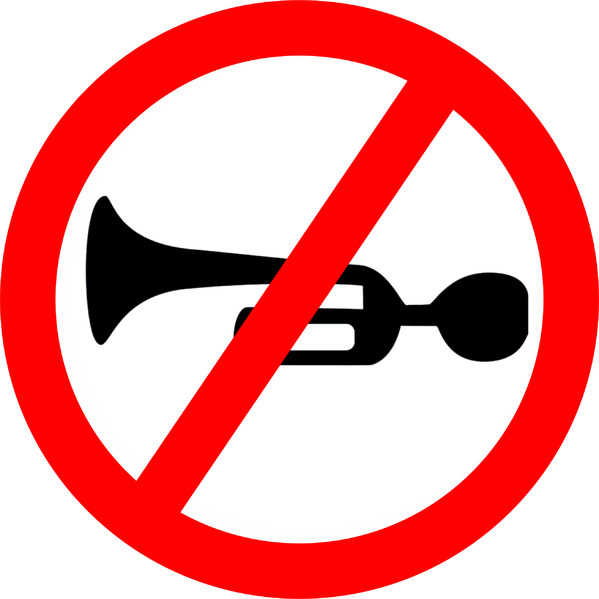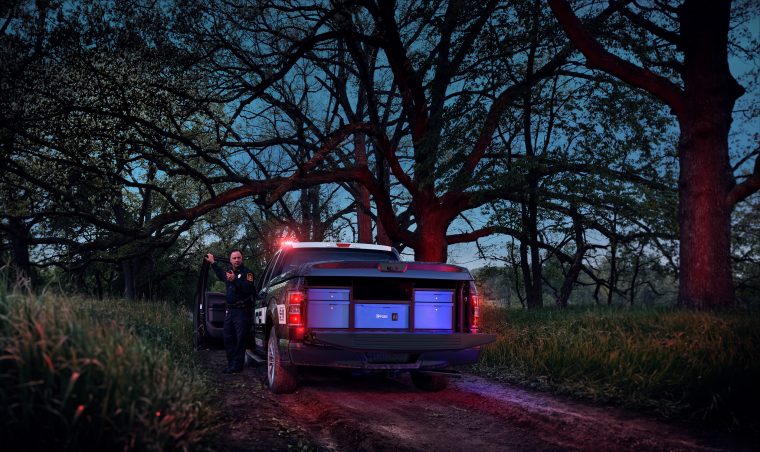Unwritten Ways Drivers Communicate With Each Other
On the road, it’s not always reckless drivers and road rage. More often than not, you’ll find courteous drivers that will help you out when you need it. There are a few signals drivers give each other to let them know about certain things on the road. Here are a few you should know when you’re behind the wheel.
Unwritten Ways Drivers Communicate With Each Other
[wptab name=”Flashing Headlights”]
Flashing Headlights
If someone in oncoming traffic begins to turn their headlights on and off several times, be wary. This means that the car has seen a police officer clocking for speed. Since the other driver is coming from the opposite direction, flashing their headlights is a way for them to warn you to slow down to avoid a ticket. The legality of this act has been debated for years, but in 2014, the American Civil Liberties Union (ACLU) sued on the grounds that flashing your headlights is a form of free speech, winning the case.
[wptab name=”Flashing Brights”]

Photo: Sharat Ganapati
Flashing Brights
If an oncoming driver is flashing their brights at you, it likely means that your brights are on and blinding them. This setting on your headlights is called your “brights” for a reason – they can often make it difficult for oncoming drivers to see. You should never have your brights on if there is oncoming traffic or if you are behind someone (the lights can reflect in their rear view mirror). Your lights could interfere with their ability to see the road, so save your brights for an empty road.
[wptab name=”Waving”]
Waving
This is probably the most obvious one on the list, but we thought it was important to include it anyway because some people don’t seem to recognize it. If you’re at an intersection and a person waves to you, or even flashes their headlights, this means they are signaling for you to go. Even if they have the right of way and wave you on, they are signaling that it’s okay for you to go first. Although it may be kind to let someone go in front of you, it’s probably the safer choice to simply follow the rules of the road – just go if you have the right of way.
[wptab name=”Honking”]

Photo: Alokprasad84
Honking
There are really two ways you can use your horn, and they mean very different things. The first is the angry honk, where you hold down the horn for a bit too long to let someone know they are about to back into your car or they are committing some other driving transgression that may harm your vehicle. The other is a gentle, kinder honk. If you are at a red light that turns green, and after several long seconds the driver in front of you doesn’t go, you can offer a short beep. Most drivers will interpret this as a gentle reminder rather than an angry interaction. A general rule of thumb: the longer you hold down the horn, the angrier you sound.
[end_wptabset]
Sources: Fox News

The News Wheel is a digital auto magazine providing readers with a fresh perspective on the latest car news. We’re located in the heart of America (Dayton, Ohio) and our goal is to deliver an entertaining and informative perspective on what’s trending in the automotive world. See more articles from The News Wheel.






